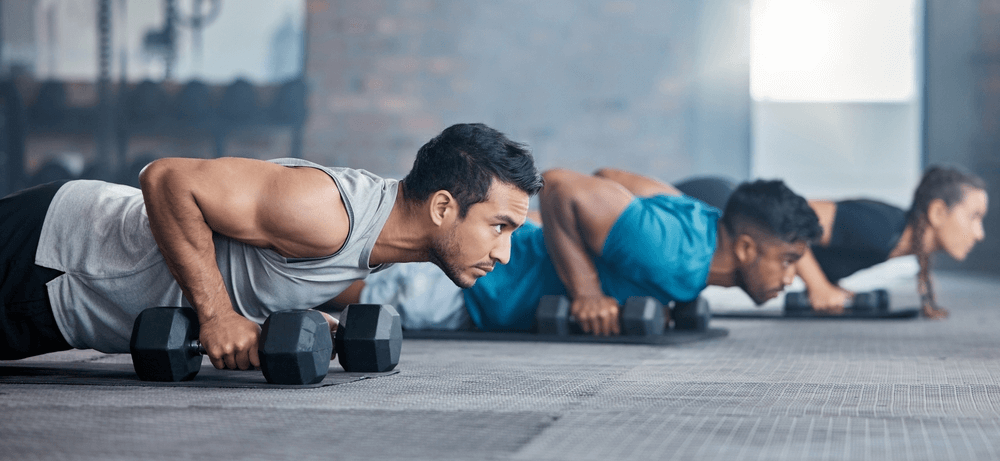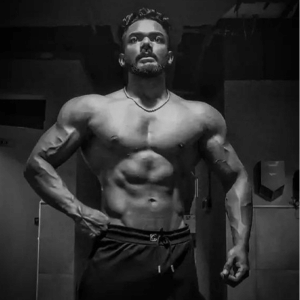1. Precision in Initial Assessments
The initial phase of training athletes involves meticulous assessments that encompass a range of factors, including an athlete’s training background, physical condition, injury history, and even psychological stressors that might affect performance. These detailed evaluations allow trainers to create highly personalized training programs that address the specific strengths and weaknesses of the athlete, setting the stage for optimized training outcomes.2. Embracing Sports Specificity
The concept of sports specificity stands central in athlete training. This involves designing training programs that closely mimic the movements, intensity, and duration of the sport in question. By adhering to the Specific Adaptations to Imposed Demands (SAID) principle, trainers ensure that the athlete’s body adapts specifically to what is required in their sport, enhancing both efficiency and performance.3. Big Picture Planning: Periodization
Periodization is a systematic approach to planning athletic training, where the program is divided into distinct phases, each with specific goals. These phases—preparatory, competitive, and transitional—are tailored to gradually enhance the athlete’s performance peak at the right time. This strategic division of training time not only optimizes performance gains but also minimizes the risk of injury and overtraining.
4. Implementing the NASM OPT Model
The Optimum Performance Training Model (OPT) developed by NASM provides a structured framework that guides the periodization process. It includes phases from stabilization endurance, through strength, to power training, ensuring a holistic development of the athlete. Each phase builds upon the last, ensuring that foundational stability and endurance support the higher demands of strength and power training.5. Mastery of Exercise Selection
Selecting the right exercises is crucial for effective sports performance training. Exercises are chosen not just for their relevance to the sport, but also for their ability to address the individual’s specific needs. This might include choosing exercises that target muscle imbalances, enhance joint stability, or develop explosive power, depending on the phase of training and the athlete’s performance goals.6. Acute Training Variables
Fine-tuning the acute variables of training, such as intensity, volume, and frequency, is essential for eliciting desired adaptations. Adjustments in these variables allow trainers to continuously challenge athletes, prompting further improvements while managing fatigue and recovery. This dynamic adjustment is key to sustaining progress over long training periods and athletic careers.Ready To Change Your Physique, But Can't Work Out?
Discover the largest selection of fitness articles, exercises, workouts, supplements, & community to help you reach your goals!
7. Incorporating Plyometrics and Agility Training
For sports that demand quick bursts of speed and power, integrating plyometrics and agility training is vital. These training modalities enhance an athlete’s explosive strength, speed, and neuromuscular coordination, all critical for peak performance. Properly scheduled, these sessions maximize gains while allowing adequate recovery to prevent overuse injuries.
8. Concurrent Training for Comprehensive Conditioning
Concurrent training, which combines elements of strength and endurance training, can be particularly beneficial for athletes who require both endurance and power. By carefully scheduling these sessions to avoid interference effects, trainers can maximize the benefits of both modalities, improving overall athletic performance and efficiency.Conclusion: The Path to Personal and Professional Growth
Training athletes offers immense opportunities for personal and professional growth. The continuous need to adapt and innovate keeps trainers at the forefront of sports science, always learning and applying new techniques to enhance athlete performance. This dynamic field not only promises career satisfaction but also the profound reward of seeing athletes achieve and exceed their goals through your guidance.
In essence, the art and science of training athletes are about much more than the physical training sessions. It involves a holistic approach to understanding and developing every facet of the athlete, from physical capabilities to mental resilience, ensuring that they can perform at their best, when it matters most.
Frequently Asked Question
Begin with detailed assessments covering training background, physical condition, and injury history to create personalized training programs.
Designing training programs that mimic sport-specific movements and intensity ensures the athlete’s body adapts to the demands of their sport.
Periodization involves dividing training into phases (preparatory, competitive, and transitional) to optimize performance and minimize injury risks.
The OPT Model provides a structured framework that progresses from stabilization to power training, ensuring comprehensive athletic development.
Plyometrics and agility training enhance explosive strength, speed, and coordination, crucial for peak performance in sports requiring quick movements.
Share this post:


